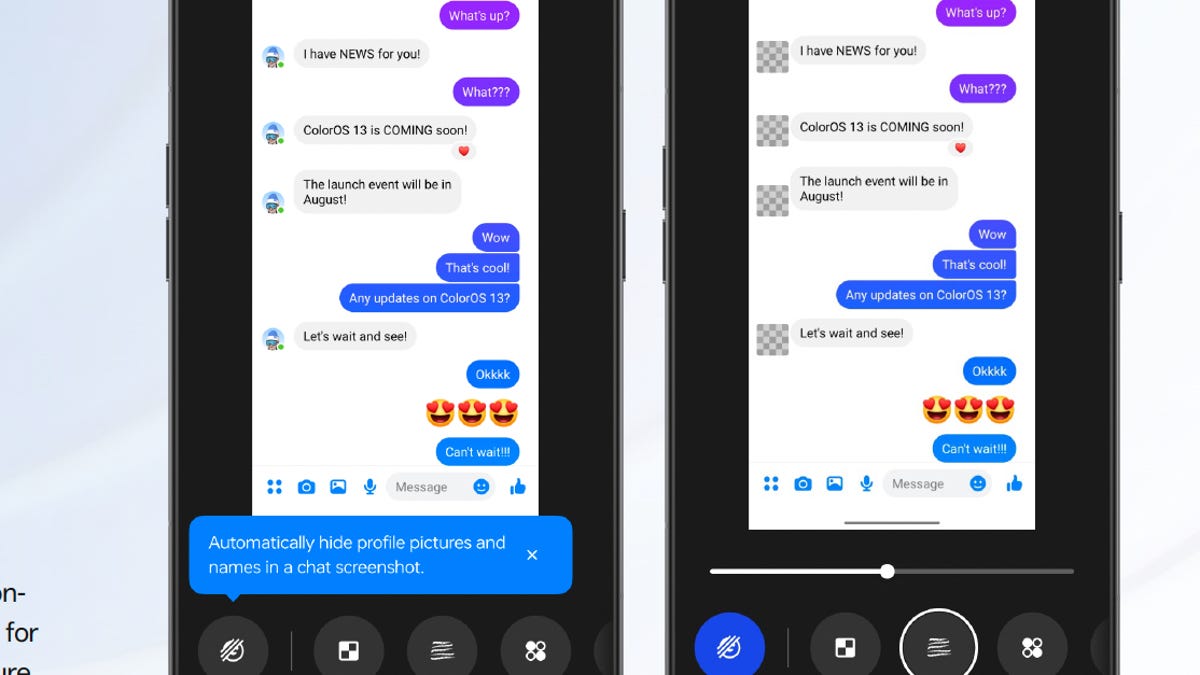Oppo announced on Thursday the global rollout of its latest mobile operating system.
ColorOS 14, which is based on Android 14, is set to make its way to the company’s phones around the world arriving first on flagship phones such as the Find N2 Flip and eventually to budget-friendly offerings like the Reno 10. The public beta of of Color OS 14 rolled out back in October for the Find X5 series, among other models.
New and notable to ColorOS 14 are a suite of AI-powered features in a similar vein to the ones on Google’s Pixel 8. SmartTouch lets you “select content like text, images, and videos and collect them on the File Dock, or even consolidate them into a single note by simple select and drag gestures”. Smart Image Matting lets you “crop multiple subjects out of a single image or paused video.” Oppo says Smart Charging automatically adjusts the “charging current based on the phone’s usage status to help prevent unnecessary battery wear. ” AutoPixelate, an AI-based privacy feature which came out with ColorOS 13, automatically pixelates sensitive information such as names and phone numbers before you share the screenshots with anyone. OPPO says it uses on-device processing and local image recognition technology to identify sensitive information in an image.
On the performance side, OPPO underscored three main features in its Trinity Engine: ROM Vitalization, RAM Vitalization, and CPU Vitalization. The former apparently helps you save up to 20GB in memory by compressing files and apps.
Oppo
ColorOS 14 also picks up design-wise where ColorOS 13 left off. Last year, Oppo introduced its new Aquamorphic aesthetic, which it says offers water-inspired design. (Yes, basically the same Aquamorphic design as on OnePlus OxygenOS) This year, ColorOS 14 brings a set of fresh ringtones for calls, alarms, and notifications.
In 2021, Oppo and OnePlus “unified” their resources resulting in the two operating systems becoming virtually identical to the other, This is most evident in Color OS 14.
